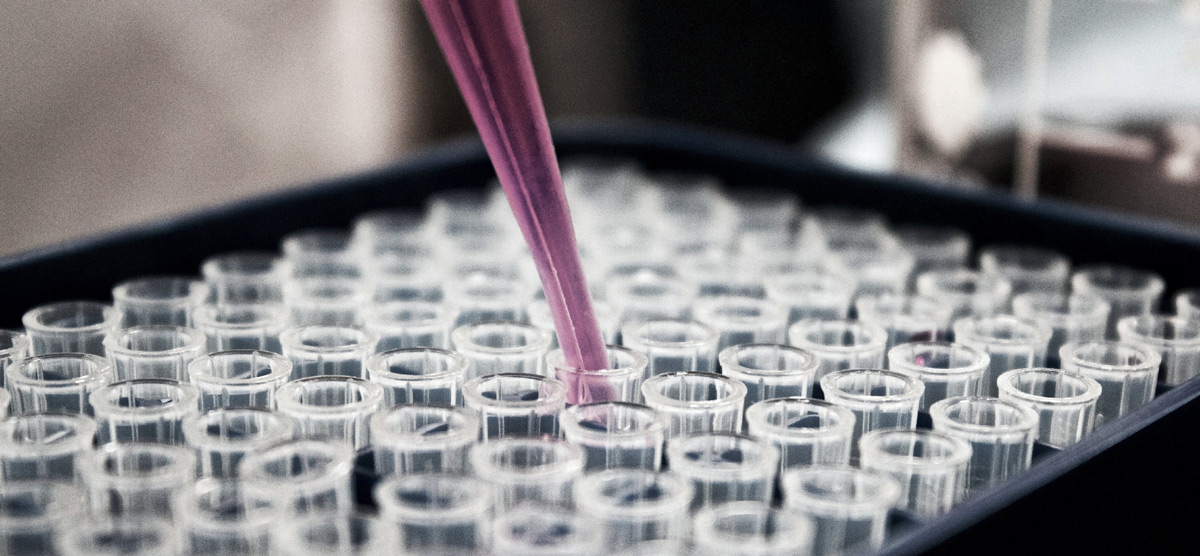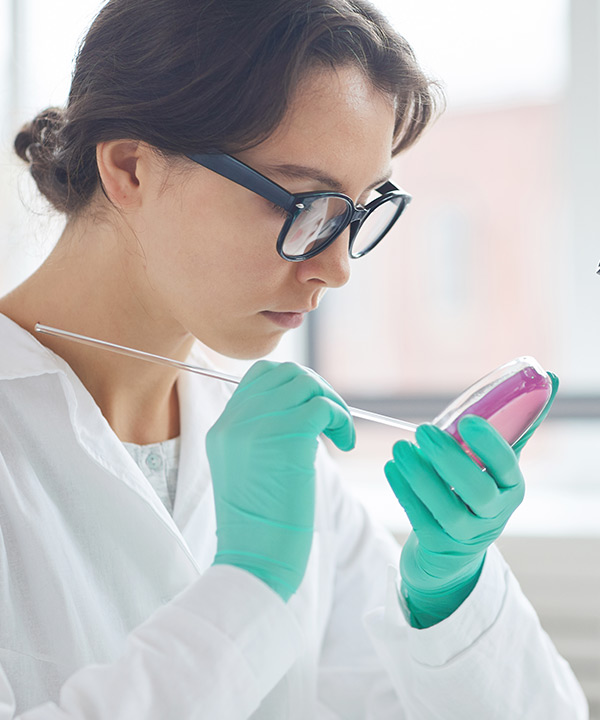The term Microbiome means the collection of microorganisms that exist in a specific community. Microbiology of Built Environments is a field of inquiry focusing on the study of the communities of microorganisms found in human-constructed environments.

The Problem
Over the last 80 years, Built Environments have become our most intimate ecosystem. Yet our ignorance of this ecosystem is profound, despite its significant impact on humanity. The bacteria, fungi, and viruses that colonize these environments help shape the human microbiome, and can fundamentally alter the trajectory of our health.
Biosafety
Outbreaks of multidrug-resistant bacteria present a frequent threat to vulnerable patient populations in hospitals and other health sensitive buildings around the world. Understanding the transmission of pathogens via genotyping methods is an important tool for outbreak management. Our MBE analysis of the entire pathogen genome could provide unprecedented resolution in discriminating even highly related lineages of bacteria and revolutionize outbreak analysis in hospitals.
Biosecurity
Monitoring the spread of infectious disease enables effective quarantine and containment in a human or veterinary setting, preventing zoonosis, endemics and controlling antimicrobial resistance development
Our Solution
By strategically collecting samples from surfaces, and with the use of portable devices for sequencing analysis around a built environment we can map, analyze and monitor the microbiome of the building on a constant base. This gives us the ability to track almost real-time bio threats and diseases, develop sophisticated early warning systems and understand, with the microbiome in mind, how we can design our buildings and city spaces in order to drastically improve employees and visitor’s health, energy efficiency, sustainability, worker performance, and economic productivity.
Clients’ Benefits
Either government or company clients they both have serious advantages economical and social from our solution:
Community – Public & Government Buildings
- Lower Social Insurance Cost
- Lower Taxes
- Lower Infectious Disease Risk
- Public Health Improvement
- Public Image
Workforce – Company Buildings
- Improve employees physical health
- Lower wage loss during and after sickness absence
- Improved productivity
- Fine avoidance
- Tax reduction
- Corporate Image
Production & Delivery
The production procedure is the following:
- Our scientific team discuss with the client their monitoring needs
- We assess the building, we track and analyze the spots where the portable devices for biological analysis of the air should be installed. Also the number of portable sequencing devices needed for the hand-picked samples analysis and the sampling strategy
- The sequencing devices are being installed on the selected spots and are connected to our platform via secure internet protocols
- The sequencing devices start transmitting their data to our platform for analysis and continue doing it on predefined hours of the day or on request
- Depending on the clients’ needs, hand-picked samples are being submitted for sequencing analysis on a predefined frequency or on request
- Our software platform instantly analyzes and sequencing the data
- The platform provides the analysis results to our clients
Service Delivery – Sample Collection
As per the air analysis, the portable sequencing devices collect the samples automatically. Regarding the hand-picked samples the client can choose one of the following solutions: Our specialists collect the samples and submit them for analysis Our specialists train your security team on how to collect and submit the samples for analysis
Service Delivery – Results Analysis
- The delivery of the analysis results can be one or a combination of the following:
- Real-time access to the analysis online
- Daily, Weekly or Monthly reports via email or online
- Alerts when specific criteria are met as per clients request
- Consultation on actions needed in order to improve & prevent public health issues
- Identify risk factors




